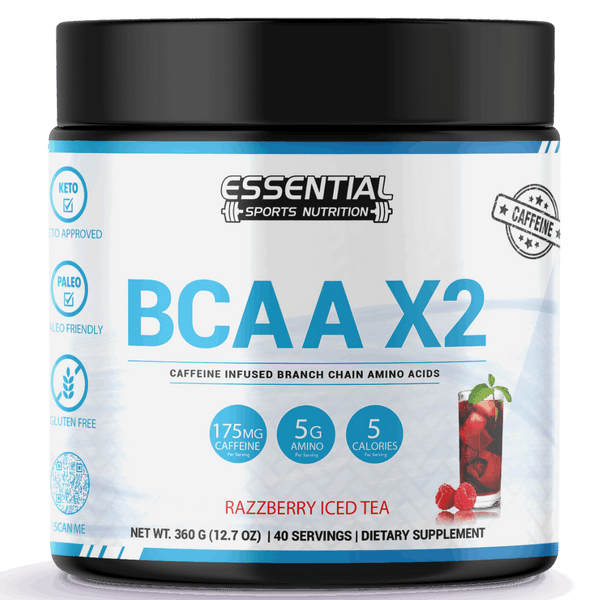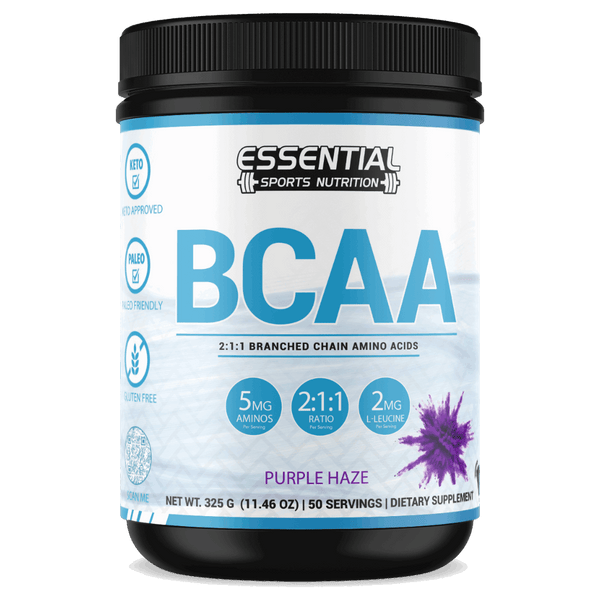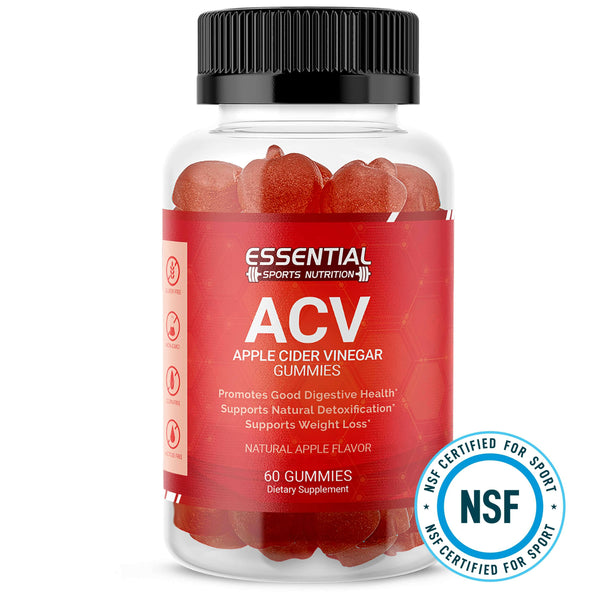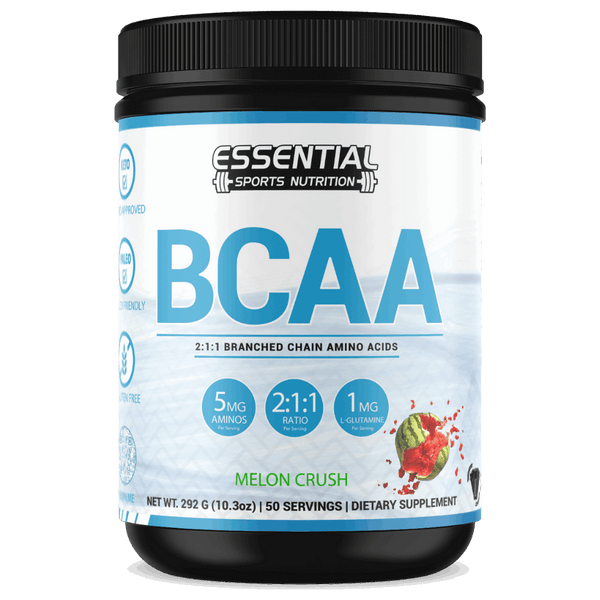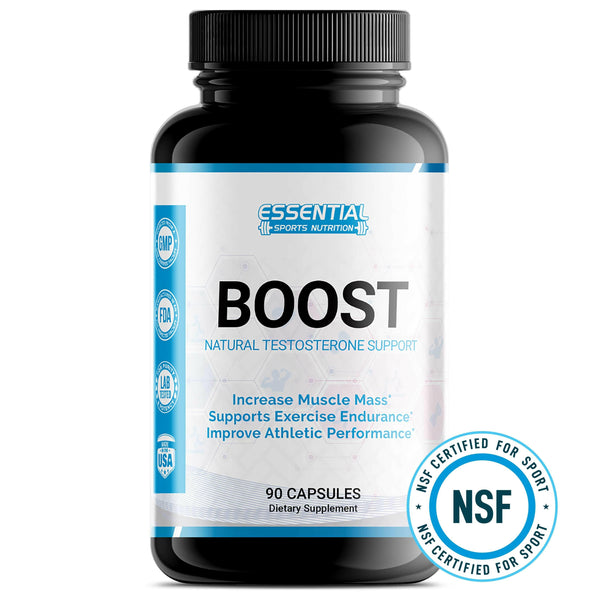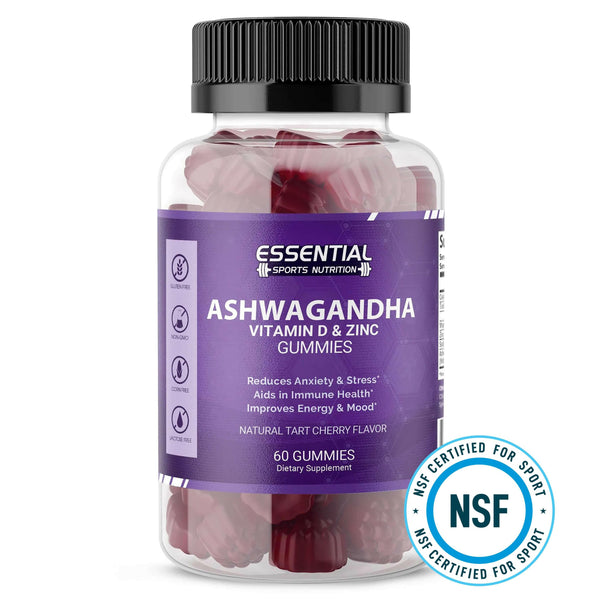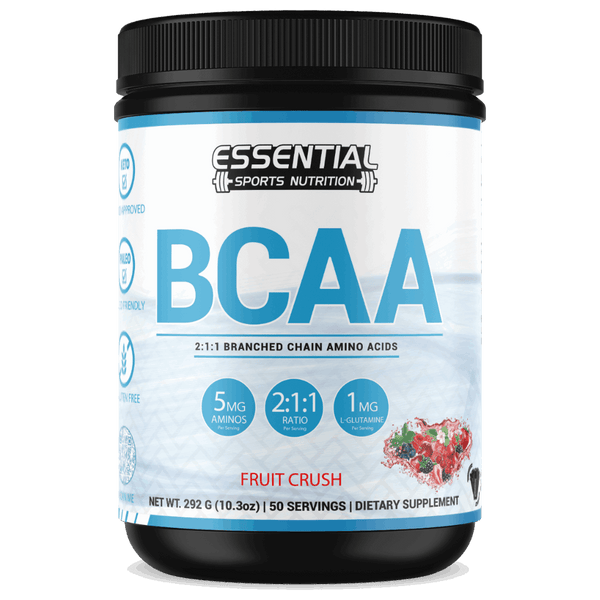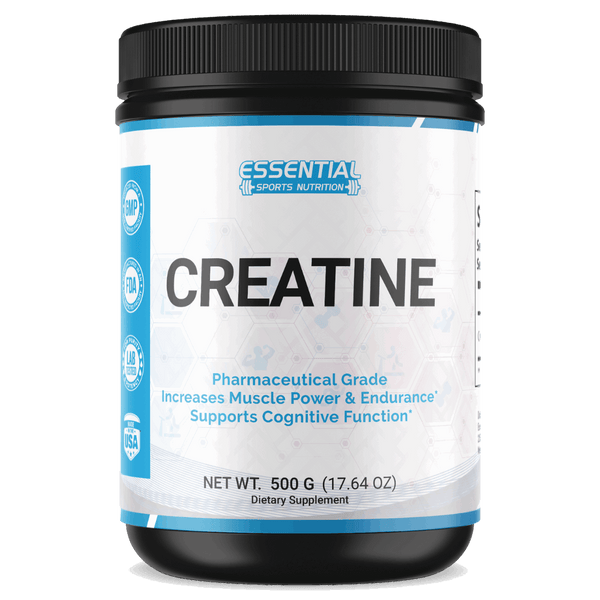Unlocking the Power of Complex Protein Foods: Complete Protein vs Incomplete Protein
Are you confused about how to get enough protein in your diet? You’re not alone. Many people struggle to know which foods are best for meeting their daily protein needs. It’s especially tricky to understand what makes some proteins complete and others incomplete.
Here’s a fact: A complete protein contains all nine essential amino acids that our bodies cannot produce on their own. This is important for muscle growth, immune function, and overall health.
Our guide will help you unlock the power of complex protein foods by explaining the difference between complete and incomplete proteins. We will show you how combining certain foods can make up for any missing nutrients.
Get ready to learn more!

Key Takeaways
- Understanding Protein Types: Complete proteins have all nine essential amino acids. Examples include meat, eggs, and soybeans. Incomplete proteins miss one or more but can be paired with others to become complete.
- Animal vs Plant Proteins: Animal-based foods like beef, chicken, fish, and dairy are rich in complete proteins. Plant-based sources like quinoa, soybeans, and hemp seeds also provide complete proteins for vegetarians and vegans.
- Combining Foods for Balance: Pairing incomplete protein sources can create a complete protein meal. Combine beans with rice or peanut butter on whole-grain bread to get all essential amino acids.
- Daily Protein Needs: Adults need about 0.36 grams of protein per pound of body weight each day. Athletes may need up to 0.7 grams per pound due to higher activity levels.
-
Importance of Protein: Protein helps build and repair tissues and supports the immune system. A deficiency can cause tiredness, muscle loss, and weakened immunity.
Understanding Complete Proteins

Complete proteins contain all nine essential amino acids. These amino acids are crucial because our bodies cannot produce them.
Animal-Based Sources
Animal-based sources of protein are rich and varied. These foods provide complete proteins, meaning they contain all nine essential amino acids.
-
Meat
Red meat like beef and pork is high in protein. A single steak can provide up to 62 grams of protein per serving.
-
Poultry
Chicken and turkey are lean sources of protein. One chicken breast can provide about 31 grams of protein.
-
Fish
Fish like salmon and tuna are excellent choices. A piece of salmon provides around 22 grams of protein.
-
Eggs as food
Eggs are a versatile source of complete protein. Each egg has about 6 grams of protein.
-
Dairy Products
Milk, cheese, and yogurt offer good amounts of protein and calcium. One cup of milk contains approximately 8 grams of protein.
-
Seafood
Shellfish such as shrimp and crab also offer high-quality protein. A cup of cooked shrimp provides about 24 grams.
Understanding these sources helps ensure you get the complete proteins your body needs for muscle growth and overall health!
Plant-Based Sources

Plant-based proteins are a good choice if you’re a vegetarian or vegan. Some plant foods can provide all nine essential amino acids.
-
Quinoa
- Quinoa is considered a complete protein.
- 1 cup of cooked quinoa has about 8 grams of protein.
-
Soybeans and Tofu
- Both soybeans and tofu are complete proteins.
- Half a cup of cooked soybeans gives you 14 grams of protein.
-
Buckwheat
- Buckwheat offers all the essential amino acids.
- One cup of cooked buckwheat provides around 6 grams of protein.
-
Hemp Seeds
- Hemp seeds have all nine essential amino acids.
- Three tablespoons contain about 10 grams of protein.
-
Spirulina
- Spirulina is a blue-green algae and is rich in protein.
- Two tablespoons supply about 8 grams of complete protein.
These foods can help ensure that your plant-based diet includes all necessary nutrients for your health.
Exploring Incomplete Proteins

Incomplete proteins do not have all essential amino acids. Common sources include plants, such as lentils and whole grains.
Common Sources
Many foods provide incomplete proteins. These can be found in various plant-based options. Here are some common sources:
- Beans: Examples include black beans, kidney beans, and edamame. They are high in protein but lack certain amino acids like methionine.
- Grains: Whole grains such as rice, oats, and whole wheat contain protein. However, they usually miss lysine, an essential amino acid.
- Nuts and Seeds: Almonds, sunflower seeds, chia seeds, and peanuts have high protein content but often lack lysine or methionine.
- Legumes: Lentils and chickpeas also provide good amounts of protein but need to be paired with grains to form a complete protein.
- Vegetables: Spinach, broccoli, and peas offer some protein yet do not contain all the essential amino acids by themselves.
Combining these incomplete proteins can help create a complete protein source in your diet:
- Eating beans with rice forms a complete protein.
- Pairing hummus (chickpeas) with pita bread provides all nine essential amino acids.
- Consuming peanut butter on whole-grain toast offers a balanced mix of proteins.
Understanding these sources helps you plan meals that ensure adequate nutrition for overall health and wellness.
Pairing for Completeness

Pairing incomplete proteins can create a complete protein. This helps ensure you get all nine essential amino acids.
- Beans and Rice: Combine black beans with brown rice. Both are popular in many cultures.
- Lentils and Whole Grains: Pair lentils with quinoa or whole-wheat bread. This combination adds up to a complete protein meal.
- Peanut Butter on Whole Grain Bread: A classic snack that kids and adults love. It’s easy and quick.
- Hummus and Pita Bread: Chickpeas (in hummus) paired with pita offer all the necessary amino acids.
- Chia Seeds and Yogurt: Chia seeds mixed in yogurt make a protein-rich breakfast or snack.
- Corn and Beans: Popular in Mexican food, corn tortillas paired with black or pinto beans form a balanced meal.
- Tofu and Broccoli Stir-Fry with Brown Rice: Tofu is almost complete by itself, but adding brown rice ensures completeness.
- Spirulina Smoothie with Almond Milk: Spirulina has most of the essential amino acids, making it great when blended with almond milk.
- Nutritional Yeast on Popcorn or Pasta: Sprinkle nutritional yeast over popcorn or pasta to boost its protein profile.
- Amaranth Flour Pancakes: Use amaranth flour to make pancakes for breakfast to start your day with complete proteins.
These combinations ensure you get enough protein throughout the day without relying only on animal products.
The Role of Protein in Diet

Protein helps build and repair tissues in the body. It also supports the immune system and keeps you strong.
Daily Protein Requirements
Adults need different amounts of protein based on their weight and activity level. On average, you need 0.36 grams of protein per pound of body weight each day. For example, a person weighing 150 pounds needs about 54 grams of protein daily.
Athletes and active individuals may need more protein to support muscle repair and growth. For them, the requirement can be up to 0.7 grams per pound of body weight. Consult a registered dietitian to understand your specific needs better.
Effects of Protein Deficiency
Protein deficiency can cause tiredness and muscle loss. The body needs protein to repair tissues and build muscles. Without enough protein, the immune system weakens, making you more likely to get sick.
Low protein intake can also affect your skin, hair, and nails. They may become dry or brittle. Children need adequate protein for growth. A lack of it can stunt their development. Eating a variety of incomplete proteins like beans and grains daily ensures you get all essential amino acids.
Conclusion

Understanding proteins is key to a healthy diet. Complete proteins have all nine essential amino acids. These are found in foods like meat, eggs, and soybeans. Incomplete proteins miss one or more of these amino acids but can be combined for balance.
Eating a mix of protein sources ensures you get all the nutrients needed. Try pairing beans with rice or nuts with grains to get complete proteins from plant-based options.
Making informed choices about your protein intake supports muscle growth and overall health. Incorporate both complete and incomplete protein foods into your meals every day for the best results.
Empower yourself with this knowledge to maintain a balanced diet and improve well-being!
Complete and Incomplete Protein FAQs
Q: What is the difference between complete vs incomplete protein?
A: Complete proteins contain all nine essential amino acids that the body can’t produce, while incomplete proteins lack one or more of these essential amino acids. Foods such as animal proteins are typically complete, whereas many plant-based proteins are likely to be incomplete.
Q: What are some examples of complete protein foods?
A: Examples of complete protein foods include animal products like meat, fish, eggs, and dairy. Additionally, certain plant-based sources such as quinoa, buckwheat, and hemp also provide a complete protein.
Q: How much protein do I need to consume daily?
A: The amount of protein you need can vary based on factors like age, sex, and activity level, but a common recommendation is to consume between 25 to 40 grams of protein per meal. For most adults, a daily intake of 46 to 56 grams is suggested.
Q: Can vegetarian diets provide complete proteins?
A: Yes, vegetarian diets can provide complete proteins through combinations of certain foods. For example, combining legumes like edamame with grains can form a complete protein. Additionally, foods like quinoa and nutritional yeast are considered complete protein sources.
Q: What is the role of amino acids in protein?
A: Amino acids are the building blocks of proteins. There are 20 different amino acids, 9 of which are considered essential because the body can’t produce them. These essential amino acids must be obtained from food.
Q: Is hemp a complete protein source?
A: Yes, hemp is considered a complete protein source as it contains all nine essential amino acids, making it a great option for those seeking plant-based protein.
Q: What makes quinoa a complete protein?
A: Quinoa is classified as a complete protein because it contains all nine essential amino acids in sufficient amounts. This makes it an excellent choice for vegetarians and vegans looking to meet their protein needs.
Q: Are there any protein-rich foods that are also incomplete?
A: Yes, many foods that are rich in protein, such as beans and nuts, are considered incomplete proteins because they may lack one or more essential amino acids. It’s important to combine these foods with others to ensure a complete amino acid profile.
Q: How can I combine foods to form a complete protein?
A: To form a complete protein, you can combine different protein sources. For example, pairing rice with beans or peanut butter with whole-grain bread can provide all the essential amino acids needed for a complete protein.



